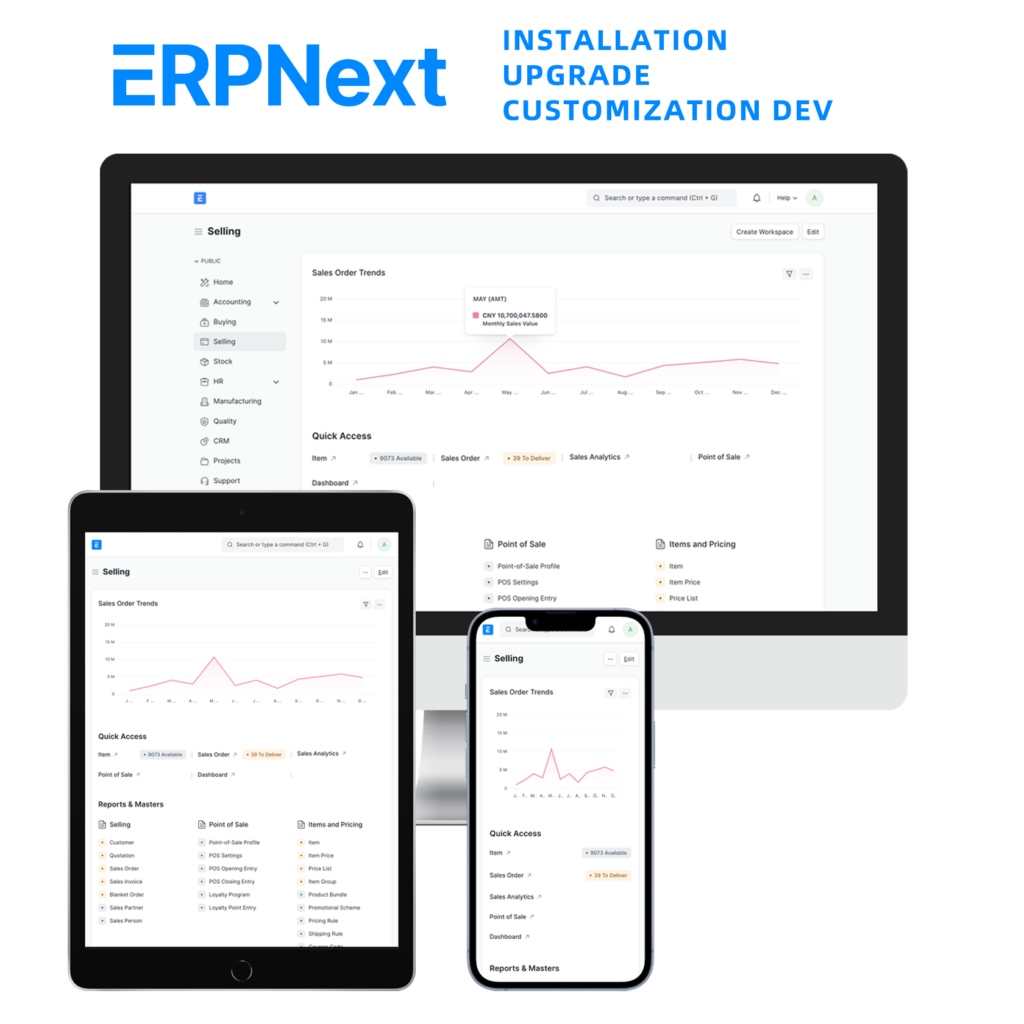As China’s manufacturing industry undergoes digital transformation, more and more enterprises are investing millions—sometimes even tens of millions—into ERP systems. Yet many business owners find that even after spending the money and completing the system rollout, no one actually uses it. Data is messy, processes are more complicated, and the ERP ends up becoming just another “showpiece.” Unfortunately, this is not an isolated issue—it’s a widespread dilemma.

But there are success stories. For example, a packaging manufacturer in Jiangsu with an annual output of 500 million RMB saw an 18% boost in production line efficiency and a 30% increase in inventory turnover within the first year of ERP implementation. How did they do it? The key lies in following these five critical steps:
1. From “Boss Wants It” to “The Team Owns It”: Executive Support + Middle Management Engagement
One of the most common pitfalls is when a boss simply decides to go with ERP on a whim and then hands it over to the IT department. In reality, ERP is a management project that requires full participation across the organization.
Case Insight: At the Jiangsu company, the CEO personally announced at the kickoff meeting that the ERP project was a company-level strategic initiative. Each department had ERP-related KPIs tied to data quality. This top-down emphasis laid the groundwork for success.
2. Don’t Blindly Pick a System—Understand Your Business Needs First
Some companies choose ERP systems based on price alone, or just follow what others are using. This often leads to misfits that require costly customizations.
Case Comparison: A garment factory chose an ERP that didn’t support flexible production. As a result, order processing constantly broke down and had to be manually patched. In contrast, the Jiangsu packaging company spent two months mapping out internal processes and brought in consultants to assess system fit. They ended up selecting a suite that matched their needs with almost no need for custom development.
3. Go Beyond “Go-Live”: Data Cleansing and Process Refinement Are Crucial
ERP launches often look lively on day one, but fade into disuse a few weeks later. Why? Because flawed processes and dirty data frustrate users, who then return to Excel.
Success Practice: Before go-live, the Jiangsu team spent a full month cleaning data and rehearsing workflows—standardizing customer records, BOMs, and warehouse codes. They understood that ERP isn’t about moving Excel into a system—it’s about rebuilding through standardization.
4. Don’t Just Teach “How to Click”—Explain “Why It’s Done This Way”
Why do employees resist ERP? Because they don’t understand why they need to change.
Borrow This Idea: During training, the project manager used concrete examples: “If you don’t enter complete material data, the warehouse can’t prepare inventory, and delivery deadlines will be missed.” When employees understand the logic behind ERP, they’re more willing to cooperate.
5. Keep Optimizing—There’s No Such Thing as “One-and-Done”
ERP implementation isn’t a one-time deal. It’s merely the “first mile” of digital transformation.
Real Case: Post-implementation, the Jiangsu company held quarterly review meetings to adjust workflows in line with changing business needs. For instance, after launching overseas operations, they streamlined export documentation processes, doubling efficiency.
In Summary: The “5-Step Method” for ERP Success
- Leadership-driven, organization-wide involvement
- Pragmatic system selection, tailored to the business
- Focus on process standardization and data governance
- Explain the “why” behind system use during training
- Establish a culture of continuous improvement
ERP is a magnifier. Companies with solid processes and strong management will thrive with ERP—it becomes a force multiplier. But without that foundation, it simply automates the chaos.
Still struggling with ERP adoption after go-live? Maybe it’s time to ask yourself: Did you truly follow these five critical steps?